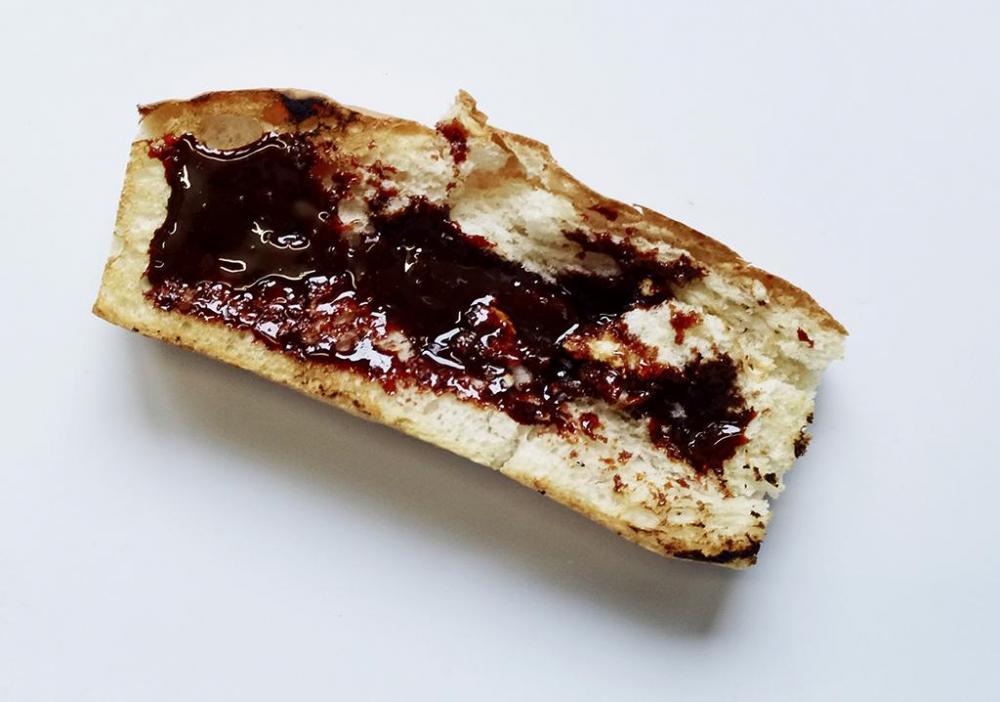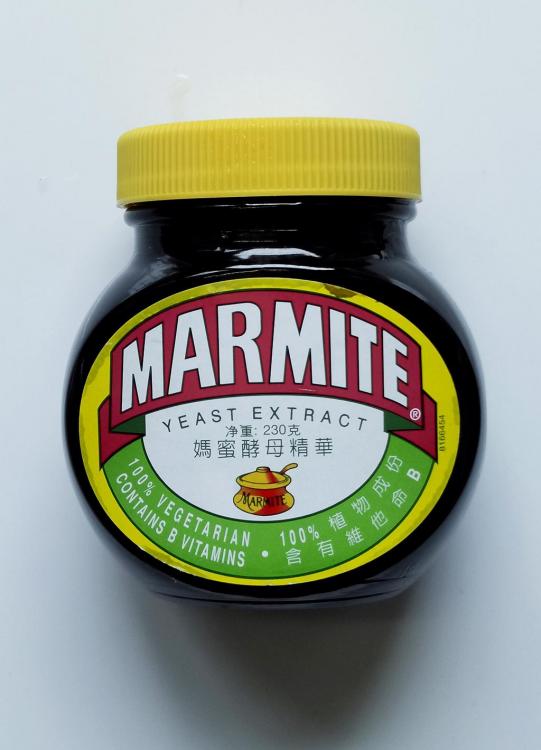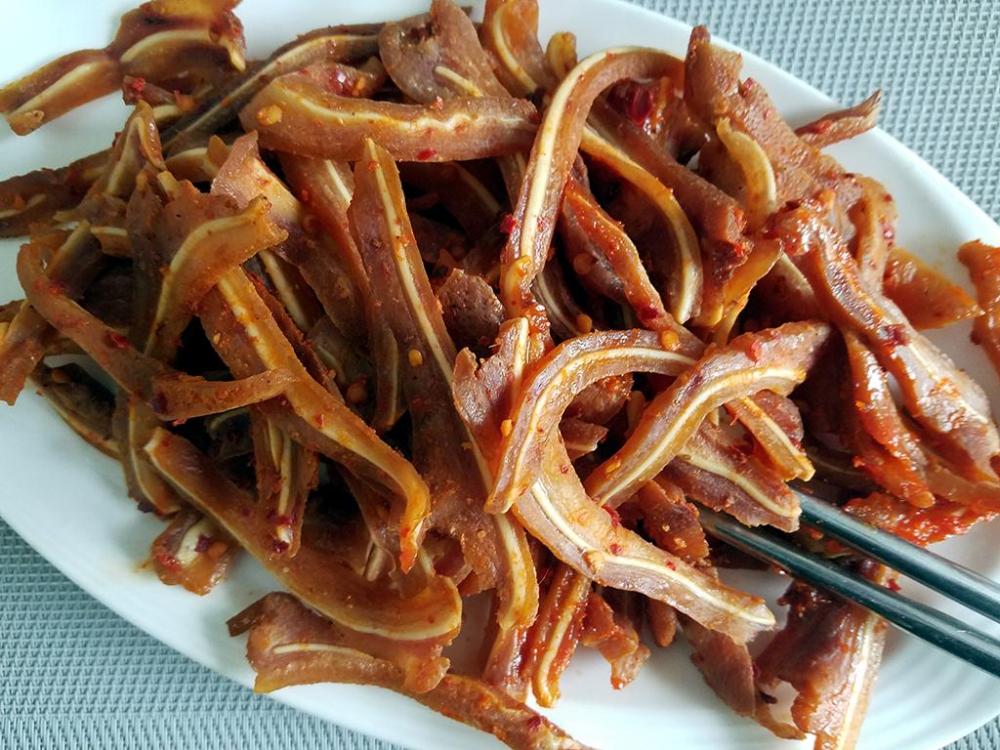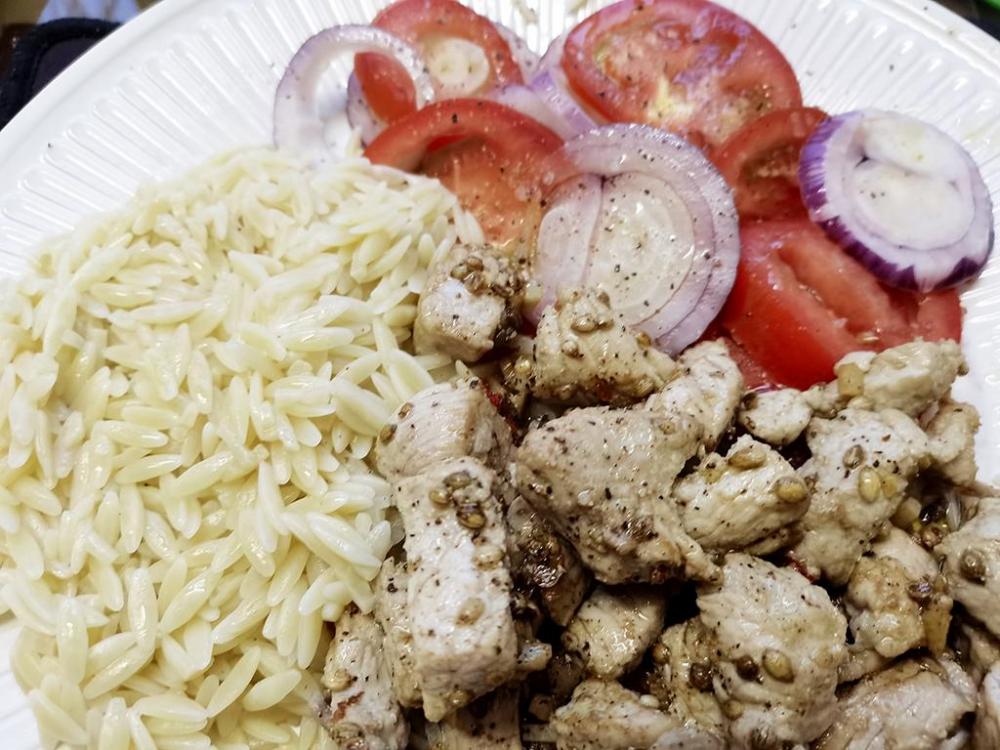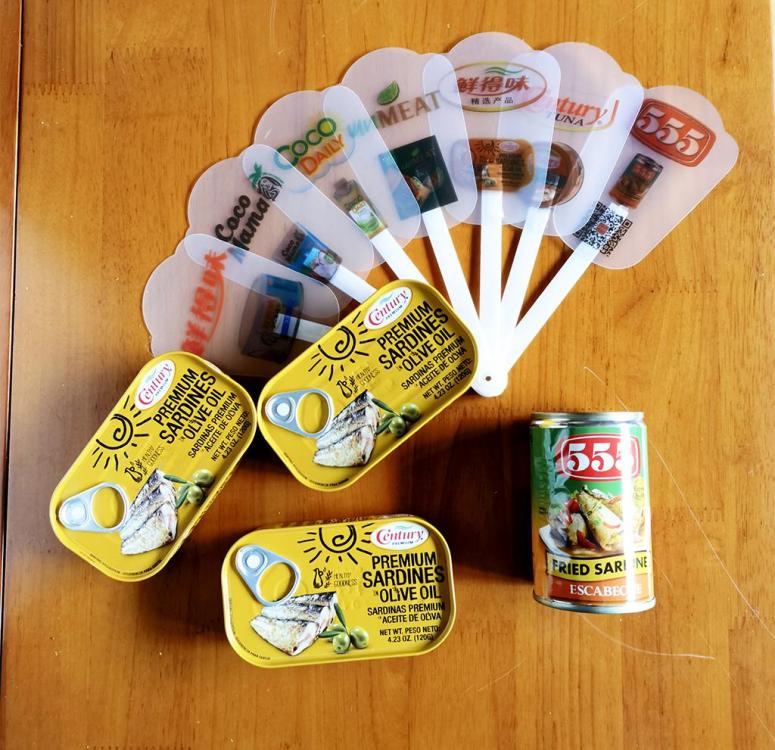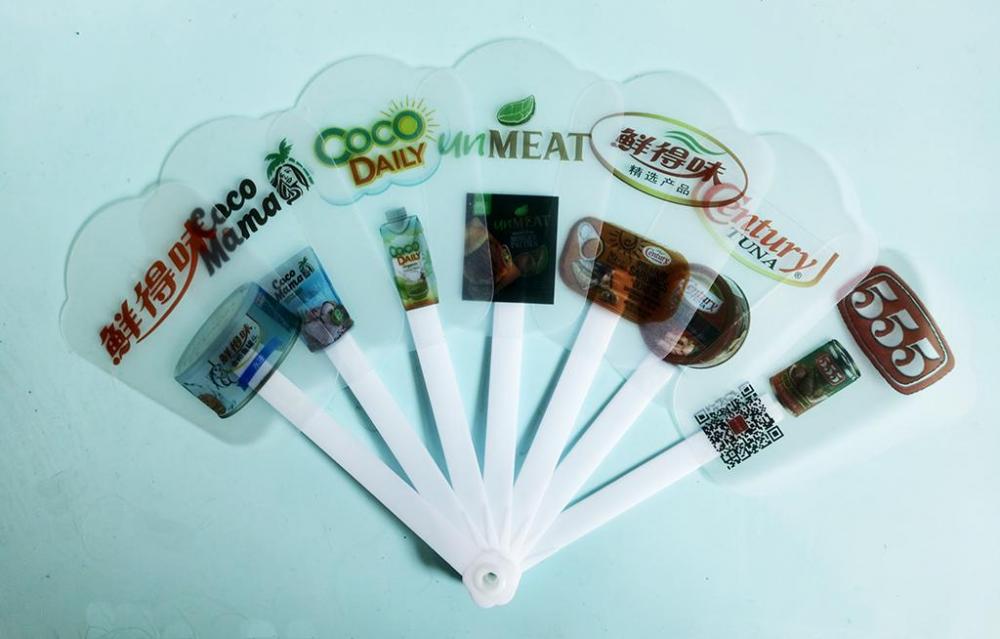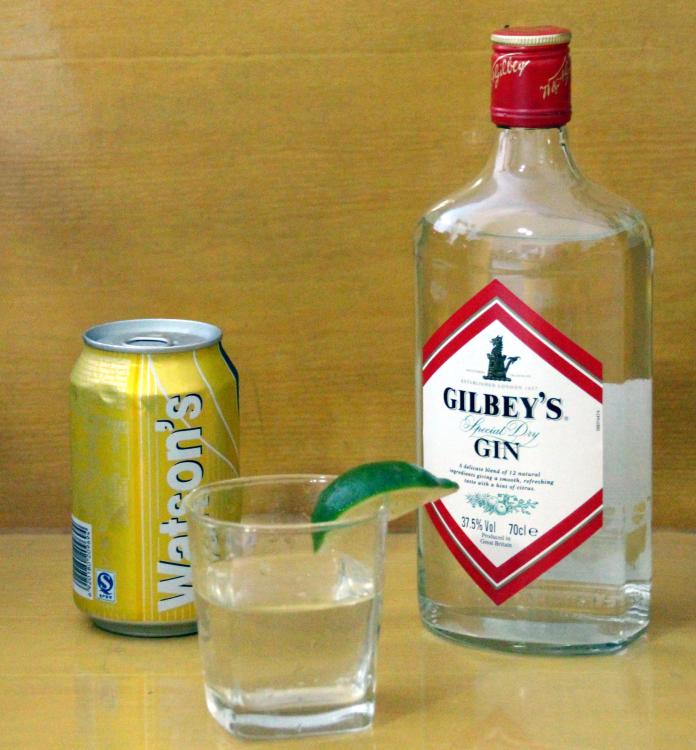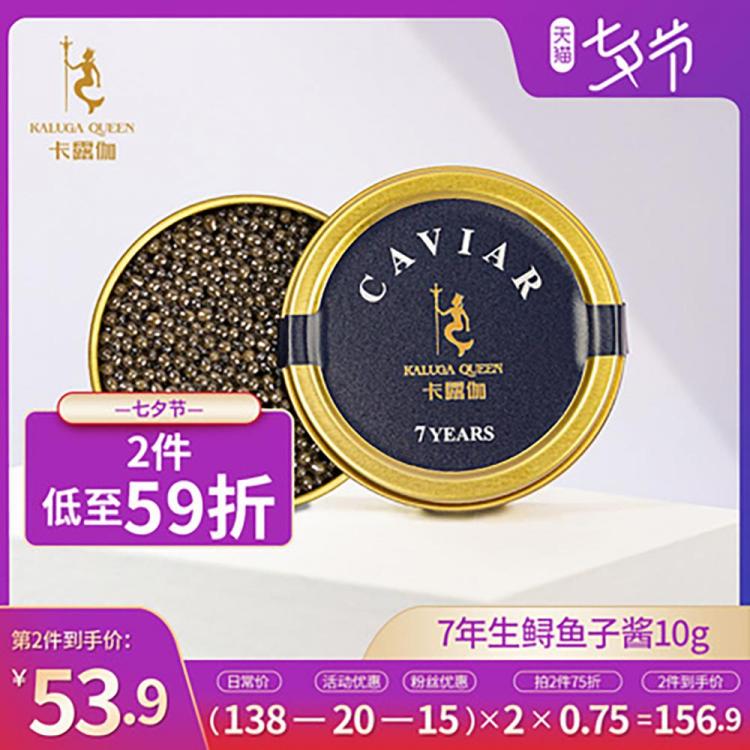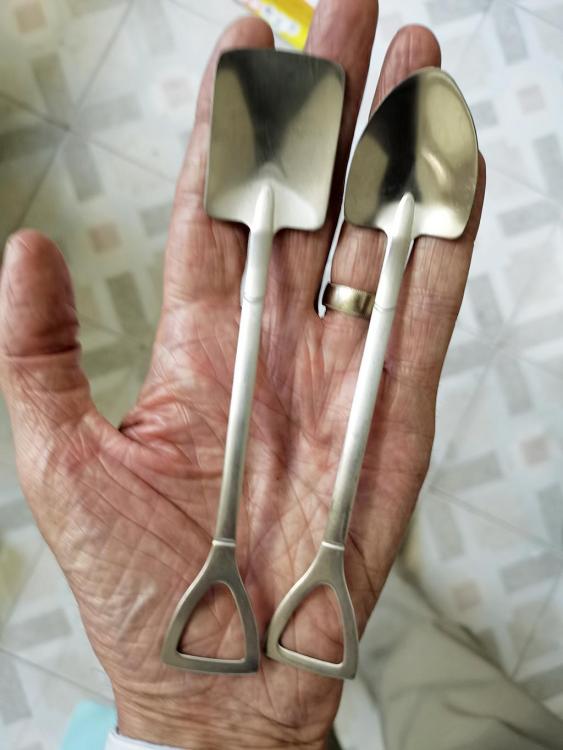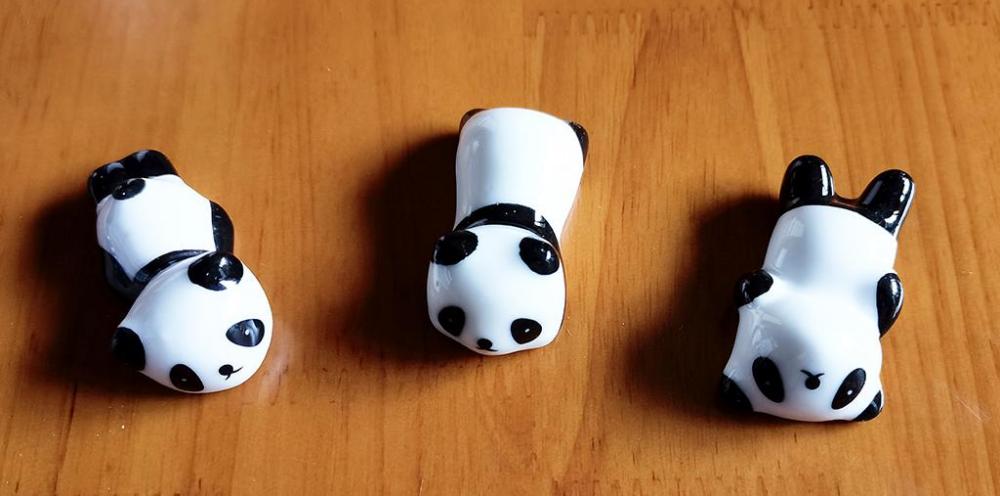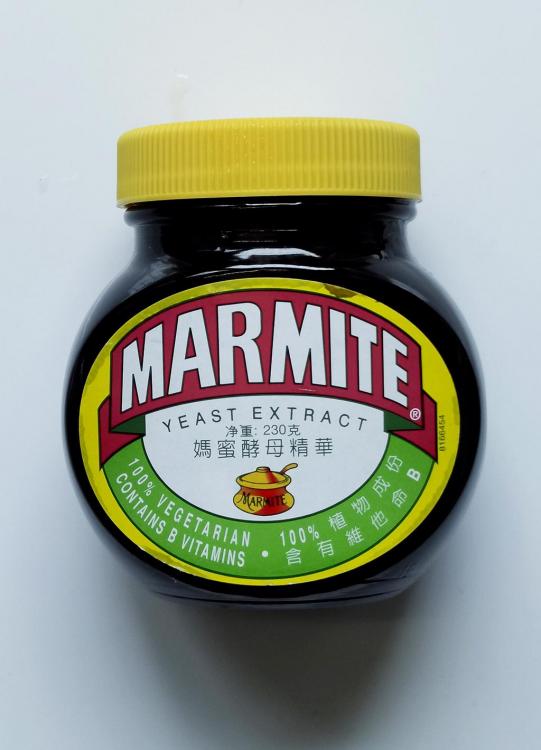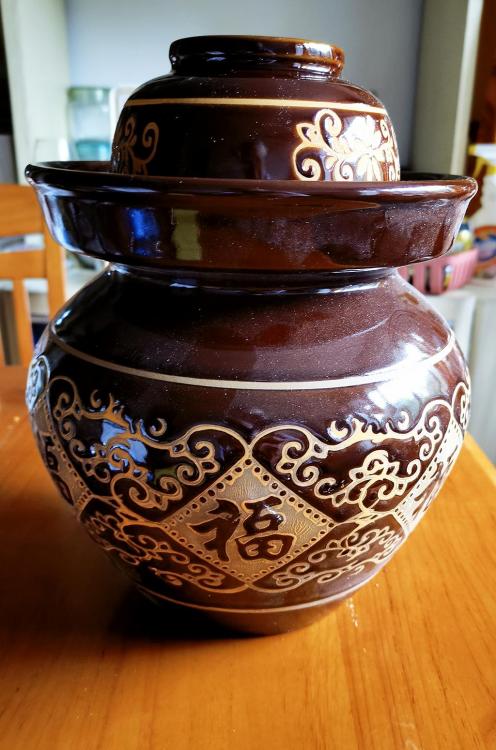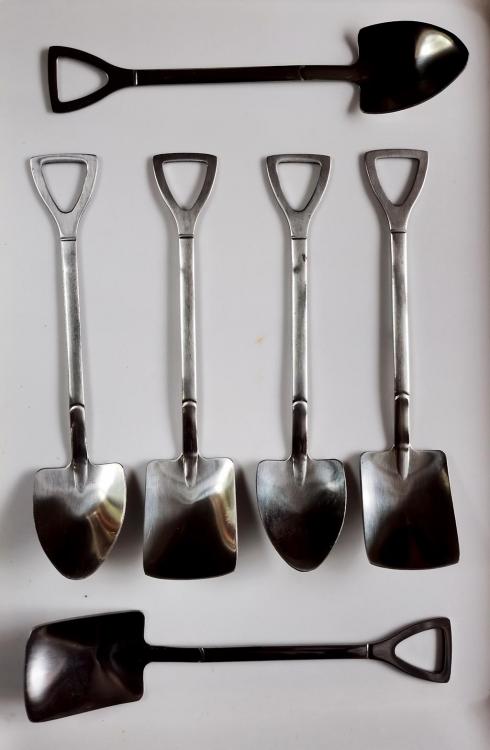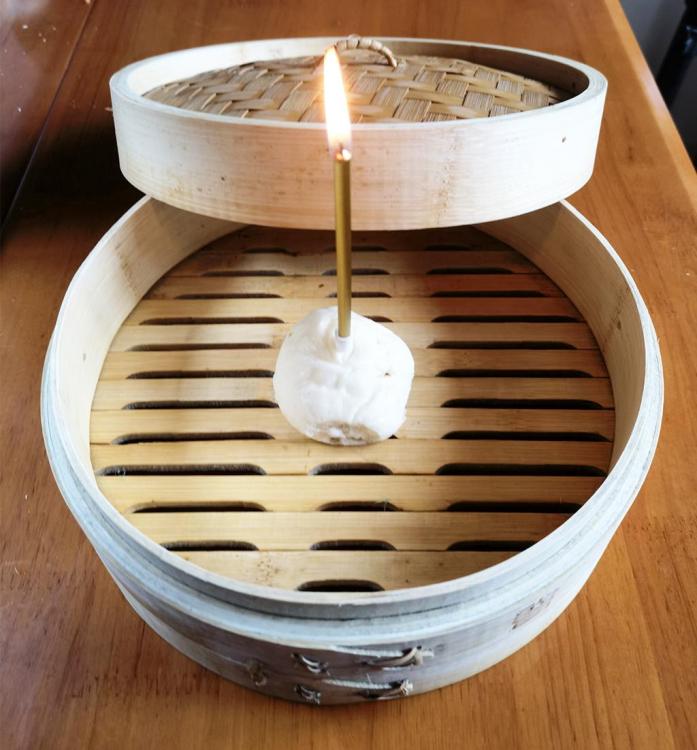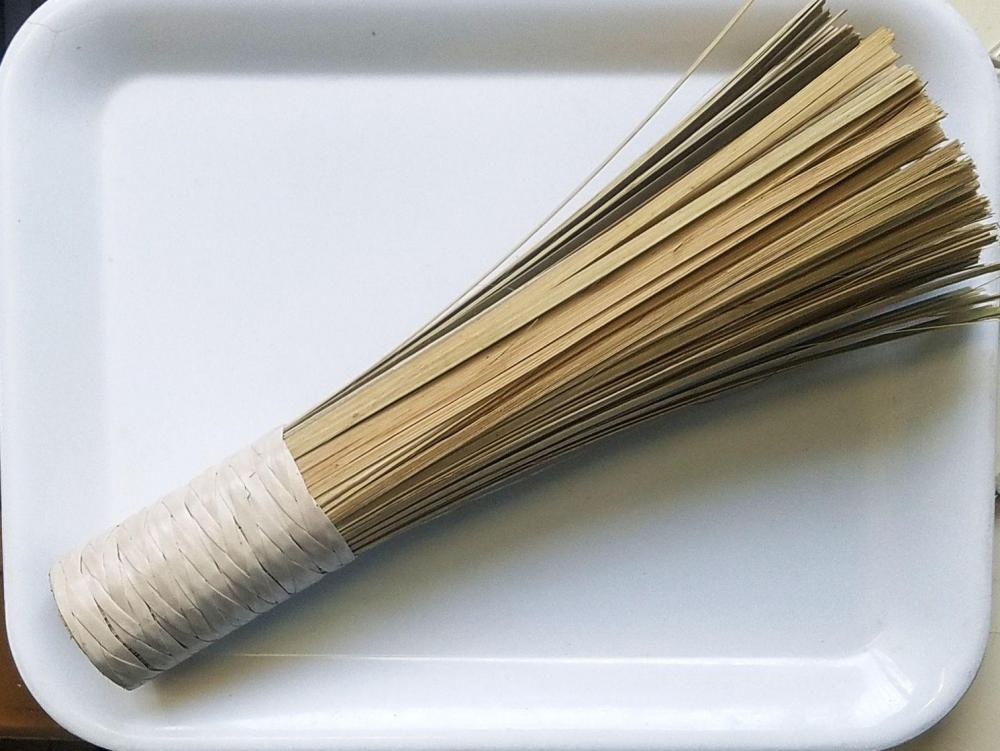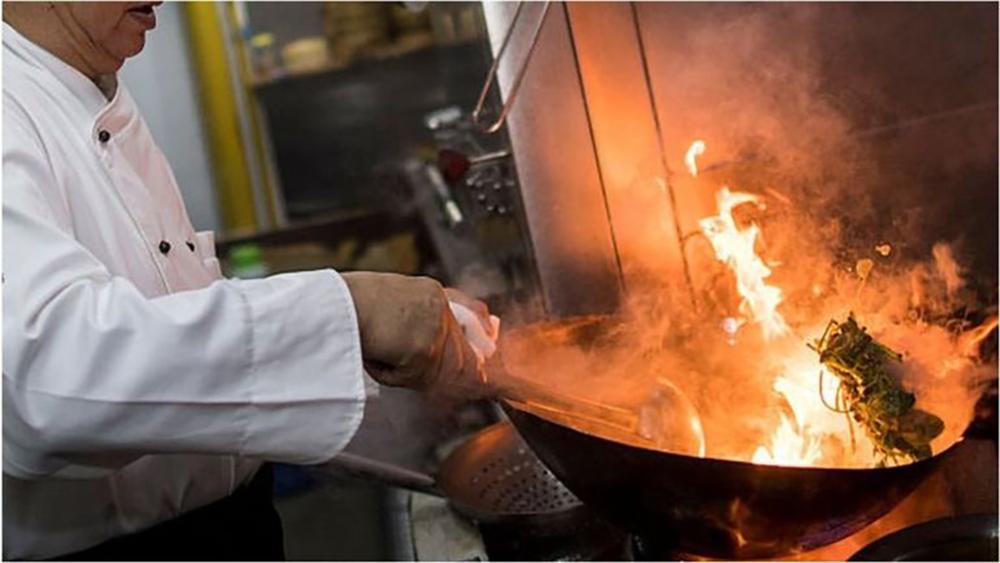-
Posts
16,657 -
Joined
-
Last visited
Content Type
Profiles
Forums
Store
Help Articles
Everything posted by liuzhou
-
Very, very few people make their own noodles. In fact, the only people I've met who do so are professional noodle makers, one of whom attempted to teach me about twenty years ago. I go with the majority in this. It is not worth the effort. Why spend time and effort making something so difficult to get right, when you can buy them so easily for much less than it would cost you to make them, to say nothing of the hard work and the high probability of failure? I buy my lamian (拉面 - lā miàn, pulled noodles) freshly made from a small restaurant near my home which makes them to order as you watch. They are from Lanzhou and serve the noodles in various dishes, but also sell them uncooked for you to take home. I doubt very much anyone has successfully made them from that recipe you linked to. For a start, the flour here is different (usually lower in gluten), and a herbal alkali known as 蓬灰 (péng huī), erigeron acris is added to the mix to make them more elastic. Only true masters can make the noodles without it; it takes years of practice. I had a look at a few of the "Chinese" recipes listed below, too. They are awful; full of mistakes and false information. Hainanese chicken rice isn't Chinese; it's from Singapore. Kung pao isn't from Hunan; it's from Sichuan and the recipe is nothing like Kungpao (宫保- gōng bǎo) anyway! Those recipes are, at best, American restaurant dishes, but not good ones. Some of the comments are amusing, though. Especially one comment where the person substituted almost every ingredient in the recipe for something else then announced the recipe was garbage as it didn't taste good!
-
This morning I passed by a local branch of Starbucks and saw this sign outside. Starbucks Cloud™ Beer Flavored Latte⁈ What is wrong with them⁈ No doubt served with these.
-
-
From what I can see on the internet, "wok ready noodles" are just rice noodles and will be very soft and liable to break up. Especially if you fry them for 20 minutes or did I misunderstand that part?
-
-
Spicy pork with coriander seeds, olive oil, garlic, chilli, white wine. Tomato and red onion salad. Served with orzo.
-
The food might be better, but other standards are slipping. What is the point of an other episode of "Toe Story" without any toes? 😁
-
Indeed! https://centurypacific.com.ph/brands/unmeat-2/
-
Today's scant delivery brought these Portuguese sardines which I've been looking forward to. However, I guess they're not much fun, really. What amused me was that they came with a "free" gift of a can of Filipino fried sardine escabeche (why?) and a plastic fan advertising a load of stuff they also sell. Nothing I want there, except I always wanted a fishy, plastic fan!
-
Information we all need! Should be taught in junior school!
-
I like rhubarb a lot, but can't imagine it with gin. The lemon one immediately under must be interesting, too. But I have no chance of finding either here, I suspect.
-
In 1980, the BBC broadcasted a play about a time traveller from the future visiting 1980s London. It was called The Flipside of Dominick Hide. In the play, the lead character adopts the pseudonym "Gilbey", after having seen a bottle in a pub. For some unknown reason, that stuck in my memory and, 40 years later, I saw a bottle in a supermarket here in China, so I bought it. It was OK, but nothing special. My preference is for Tanqueray, but I recently sampled a Scottish gin called The Botanist, which was rather good, so I may switch my allegience. I mentioned that gin here. I'm not sure why someone would say Bombay Sapphire is a bad choice. It's fine. In recent years, there has been an explosion in so-called craft beers and people do sometimes get rather snooty about their gin, making stupid claims that their choice, no doubt hand-crafted by six nuns up a mountain in Patagonia, is the only one worth opening. Ignore them and enjoy what YOU like.
-
-
-
Much as it would amuse me to declare @KennethTthe winner, it can't be done. (By the way, I deliberataly didn't indicate scale. Didn't want to to limit anyone's imaginative musings!) @ElsieDI'm sorry, but no. They are a bit larger than teaspoons. @ShelbyYou could try, but you'd be there for days! @paloAn incorrect statement. @blue_dolphinis correct. They are sold as watermelon spoons, but could easily work for ice cream, too. Or yoghurt, etc.
-
Nope. No connection to any other purchase.
-
I have trouble finding my favourite flavour. Potato!
-
Perhaps not.
-
Unusually, I tried them. Curiosity got the better of me. They weren't bad, but I couldn't detect any beer flavour, stale, fresh or refreshing. I certainly wouldn't buy them again, though.
-
Fun on-line shopping deliveries this afternoon. Panda Chopstick Rests. I like that they are different poses! A new Sichuan pickle jar Instant Heavenly Happiness in a Jar I'll let you guess what these spades/shovels are intended for. It is culinary.
-
- 44 replies
-
- 16
-

-

-
I think you need to learn how woks work. For a start, the heat is appled to the bottom of the wok, meaning that is the hottest. The side walls are intentionally cooler. That is one reason for stirring - so that the food passes through the hottest part, then when almost done is pushed to the side to keep warm while faster cooking ingredients are added in the centre. If you are worried (unnecessarily, I would say) about the sides being too thin, then go for a cast iron wok instead. That is what I use, but then I use it for nearly all my cooking, three times a day, every day. The advantages are that they last longer (I've had my current one for about 10 years) and take a higher heat. The disadvantages are that they are heavier. To use any wok, the empty wok is heated until smoking hot, then the cold oil is added - it wil be sizzling hot immediately, then add the slowest cooking ingredients. Yes, the temperature will drop slightly. You'll be glad. Food being cooked at a lower temperature is not going to be your problem. Burning it is, so keep that food moving! Oh No! The temperature is falling! As @KennethThas said they are easy to clean. Cold water and a wire scrubber does the trick. No cloths or towels involved. Put it back on the stove over a high flame and it will be bone dry in seconds. You could, if you wanted, invest next to nothing in a traditional wok brush. They need replacing quite often though. Wok Brush There are many videos on the internet demonstrating how to stir-fry in a wok. I'd ignore the recipes, but you can see the techniques used. That has already been established!







